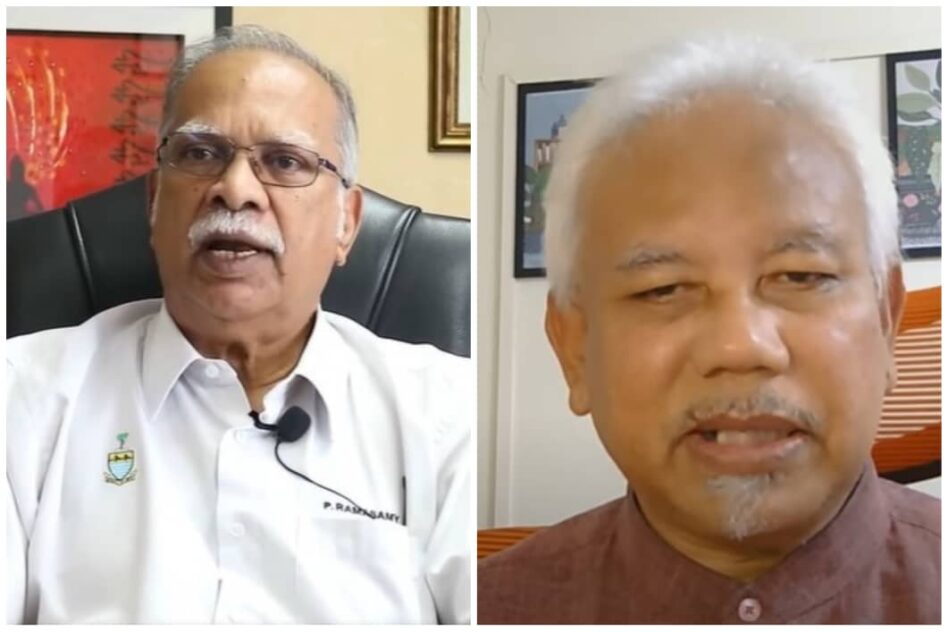By Lee Heng Guei
THE Malaysian economy is still healing after the impact of different phases of movement restrictions to flatten the third wave of COVID-19 infections, which have risen to high levels since September 2020.
The arrival of vaccines last month was a welcomed relief, paving the way for the first phase of vaccination programme between February and April this year. The rollout of the vaccination programme holds the key to lift sentiment and aid the uneven state of economic and business recovery.
While it may be hard to confidently say that the Malaysian economy is getting better, some say that the worst of the COVID-19 pandemic is behind us with the availability of vaccines.
But even though there are data that suggests that the economy is now on a path of mixed improvement, many people and businesses are still feeling discouraged and frustrated.
Since 4Q 2020, a resurgence of the third wave of virus spread and conditional movement control order (CMCO) have had scarring effects on economic and business activities. The economic output, as measured by the gross domestic product (GDP) continued to decline by 3.4% year-on-year (yoy) in 4Q 2020, moderately higher than 2.7% in 3Q.
The health pandemic crisis has regressed our national output two years backward. The full-year real GDP declined by 5.6% to RM1.34 tril in last year from RM1.42 tril in 2019 (2018: RM1.36 tril).
Nominal GDP at current market price contracted by a larger magnitude of 6.3% to RM1.41 tril in 2020 from RM1.51 tril in 2019, and was lower than nominal GDP value of RM1.45 tril in 2018.
The services sector, the largest contributor of total economy (57.7% of GDP in 2020) is still struggling to heal, especially the travel, tourism and retail sub-sectors.
A resurgence in COVID-19 infections have weighed on consumer spending as demand of food and beverages, accommodation, transport and communication have declined by between 23.1% yoy and 61.2% yoy in 4Q 2020. Retail sales also dipped by 3.1% yoy in 4Q compared to -2.4% in 3Q 2020.
The barely-recovered domestic tourism was also hammered as the hotels’ average occupancy rates fell to less than 20% during Jan to mid-February this year. Even if the inter-state travel ban is lifted down the road, there is little the domestic tourism can do to fill the gap left by inbound international tourists.
As the international travel ground to a trickle, their absence continues to bruise entertainment and recreation, retail, hotels and restaurants as well as aviation sector.
The exploring of “Travel Bubbles” and “Green Lane” with China, South Korea, Japan and within Asean must be given priority once it is being assessed that the reciprocal countries are of low-risk.
Digitalisation, e-commerce soaring high
Amid embarking on the vaccination programme, we expect the scarring effects from less restrictive MCO 2.0 and CMCO to continue in 1H 2021, especially retail, hotels and restaurants as well as transport and communication. The less upbeat spending mood in the run up to the Chinese New Year celebration last month is a dampener on consumption.
We expect the disproportionate impact of the COVID-19 pandemic between the manufacturing (the recovery is mainly supported by the export-oriented industries), construction (could be delayed and dampened by many virus clusters in construction sites) and services sectors (a delayed recovery in travel and tourism-related sub-sectors).
In other words, some are doing very well in the current COVID-19 environment, while others are still struggling to recover from the initial devastating impact of the pandemic. Between March and September last year, a total of 32,469 small and medium enterprises (SMEs) have folded.
Private investment declined by 11.9% yoy for the first time last year since the 2008-09 Global Financial Crisis, and is expected to revive moderately as businesses and investors are in waiting mode, owing to cautious uncertainty on the future of the pandemic and the economic outlook.
Thus, public investment via the budget expenditure has to be accelerated to generate amplifying effects on domestic demand and private investment.
Consumer spending (59.5% of GDP) is one of the most closely watched data points within the GDP. Amid cautious sentiment and weak employment prospect, as well as reduced income, household spending dived by 3.4% yoy in 4Q 2020, higher than -2.1% in 2Q. Last year, private consumption declined by 4.3%.
Consumers and businesses have increasingly turned to the digitalisation and e-commerce platforms, as well as making online transactions (estimated about 25% of total online transactions), while physical stores’ sales and customers dined-in restaurants are still making a large proportion of total sales.
Worried about the virus, people’s conscientiousness about going out makes them less likely to spend as much as they would otherwise. The “revenge” spending and pent-up demand will eventually revive if confidence returns on the back of accelerated vaccination, backed by a robust job growth.
The labour market is not out of the woods yet, with retrenchments and unemployment rates continuing to rise. After easing off to 4.6% in September from a record high of 5.3% in May, unemployment rate has ticked up to 4.8% in December 2020 (4.8% in Nov), equivalent to around 772,900 unemployed persons compared to around 520,000 persons before the pandemic.
The Employment Insurance System (EIS) continued to register a high number, with 8,334 persons losing employment in January and 5,939 persons as at Feb 25. Last year, a total of 107,024 persons were out of job, some 267.0% higher than the 40,084 in 2019.
We the estimate jobless rate to reach 4.5% at end-Dec 2021 vs. 4.8% at end-Dec in 2020 due to: (i) A long drag of recovery in the travel-related sectors; (ii) Remote working arrangement reduces demand for transportation services; (iii) The tapering effect of government’s intervention; and (iv) The pandemic could exacerbate skills mismatch, due to the adoption of manpower-saving processes and technologies.
Exports offer a bright economic spot. Exports grew by 6.6% yoy in January 2021, thanks to the sustained demand of electronics and electrical products, firmer palm oil prices and crude petroleum, rubber products, chemical and chemical products as well as optical equipment etc.
Exports of goods and services (61.6% of total GDP) are expected to cushion the overall economy while waiting for a full steam recovery in domestic demand. – March 1, 2021.
Lee Heng Guei is the executive director of the Social Economic Research Centre
The views expressed are solely of the author and do not necessarily reflect those of Focus Malaysia.










